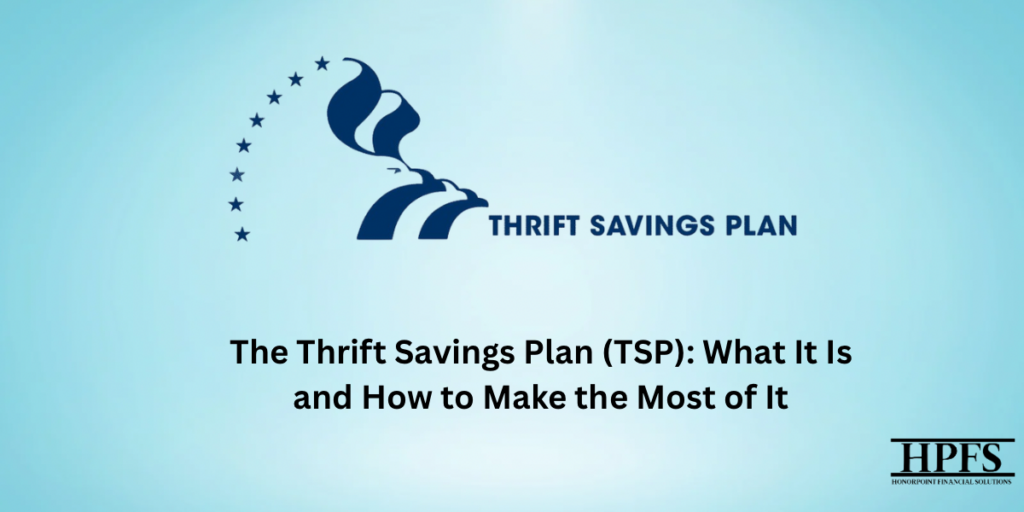
The Thrift Savings Plan (TSP): What It Is and How to Make the Most of It
If you’re a federal employee or in the military, you have access to one of the best retirement savings plans out there—the Thrift Savings Plan (TSP). But many people don’t fully understand how it works or how to use it to grow their retirement savings.
Think of the TSP like a 401(k) for federal workers and service members. It lets you set aside money from your paycheck, invest it, and grow it over time so you can retire comfortably. The best part? The government may match some of your contributions (if you’re a federal employee under FERS), which is essentially free money!
Let’s break down what you need to know about the TSP and how to make it work for you.
How the TSP Works
The TSP gives you two main ways to contribute:
1. Traditional TSP – Money goes in before taxes, so it lowers your taxable income now. But when you take it out in retirement, you’ll have to pay taxes on it.
2. Roth TSP – Money goes in after taxes, so you pay taxes now, but later in retirement, your withdrawals (including any growth) are tax-free.
The best choice depends on your situation, but you can split contributions between both if you’re unsure.
Where Do Your TSP Contributions Go?
Your TSP money doesn’t just sit in an account—it gets invested. You have five main investment funds to choose from:
• G Fund – Very low risk because it’s backed by the government, but it grows slowly.
• F Fund – A mix of bonds; moderate risk and returns.
• C Fund – Invests in large U.S. companies (like Apple and Amazon); higher growth potential but more ups and downs.
• S Fund – Invests in smaller U.S. companies; can grow a lot but also has higher risk.
• I Fund – Invests in companies from other countries; adds global diversity but can be unpredictable.
If picking investments feels overwhelming, you can use L Funds (Lifecycle Funds). These are a mix of the other funds, automatically adjusting to be more conservative as you get closer to retirement.
How to Make the Most of Your TSP Benefits
1. Contribute at least 5% of your salary (if you’re under FERS) – Your agency matches up to 5%, so if you don’t contribute that much, you’re leaving free money behind.
2. Think about the Roth TSP – If you’re in a lower tax bracket now (especially young service members), you might benefit from paying taxes now and getting tax-free withdrawals later.
3. Increase your contributions over time – Even small increases (like 1% more per year) can make a huge difference over decades.
4. Rebalance your investments – Check once a year to make sure your money is still working for you in the right funds.
5. Avoid borrowing from your TSP – TSP loans might seem tempting, but they take away from your future growth.
Common Mistakes to Avoid
• Being too conservative too early – If you have decades before retirement, relying too much on the G Fund can slow your growth.
• Forgetting about the Roth TSP option – It could save you thousands in taxes later.
• Not updating your beneficiary – If you get married, divorced, or have kids, make sure your money goes to the right people.
• Ignoring your TSP for years – Even small changes can have a big impact.
Need Help With Your Thrift Savings Plan or Retirement Planning?
Your TSP is a great tool, but how you use it makes all the difference. If you’re unsure how to invest, whether Roth or Traditional is better for you, or how to balance your retirement plan with other financial goals, I can help.
At HonorPoint Financial Solutions, I provide personalized, judgment-free financial coaching to help you make smart decisions. Whether it’s optimizing your TSP, preparing for homeownership, or tackling debt, we’ll build a plan that works for you.
Schedule a one-on-one session today and take control of your financial future!
